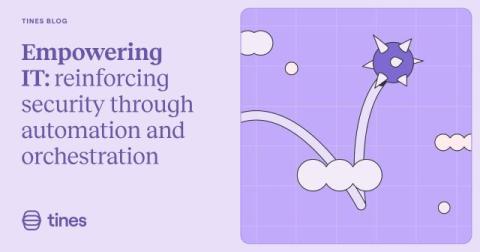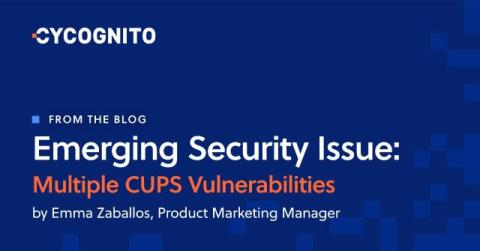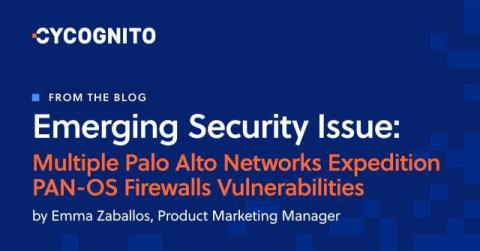What Is a Rainbow Table Attack and How to Prevent It?
Most computer systems and applications use passwords as a common authentication method. The simplest way to implement authentication is to store a list of all valid passwords for each user. The downside of this method is that if the list is compromised, the attacker will know all the user passwords. A more common approach is to store the cryptographic hash value of the password phrase.











